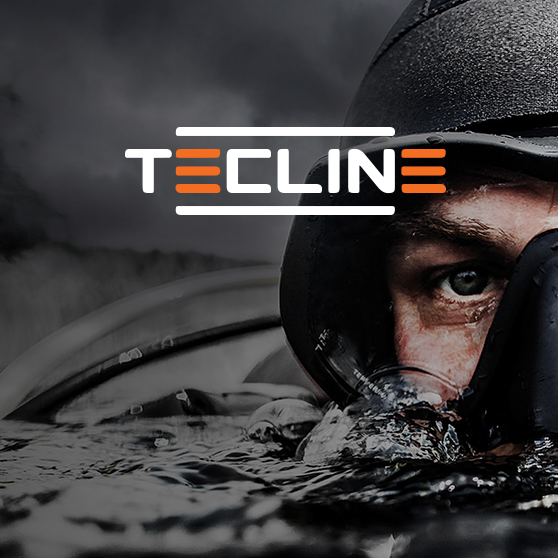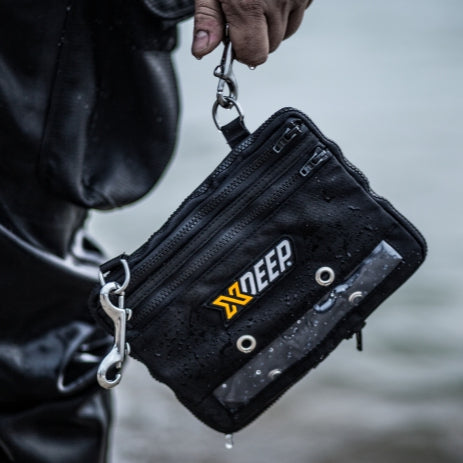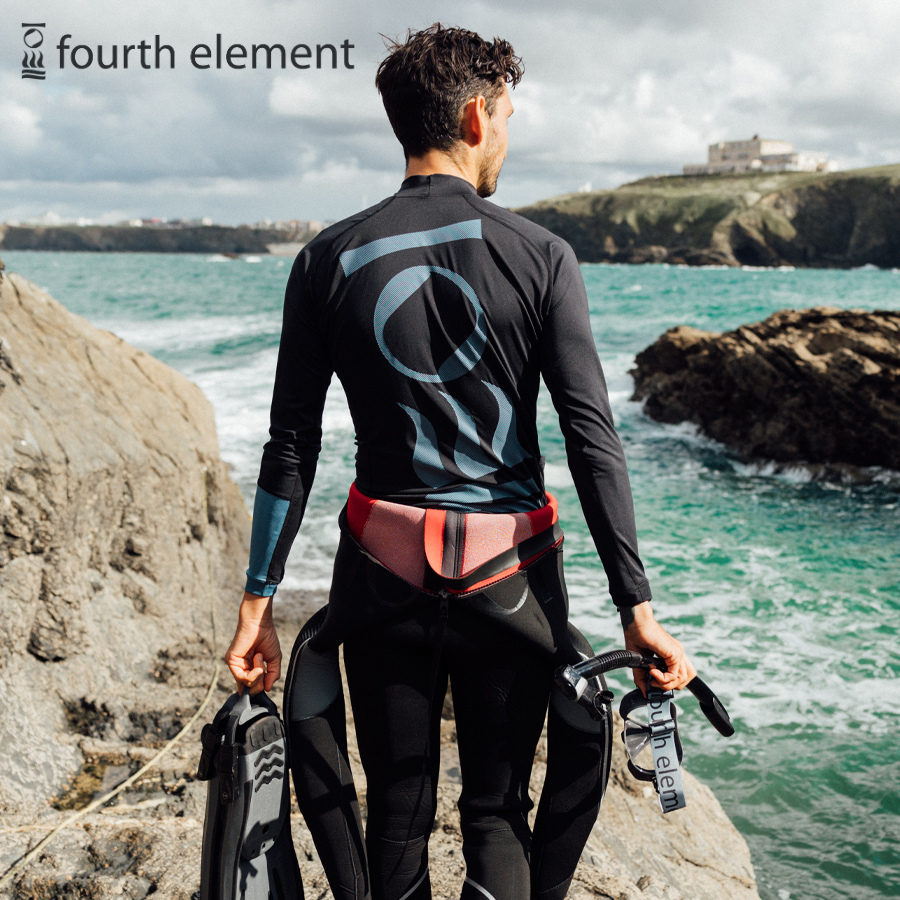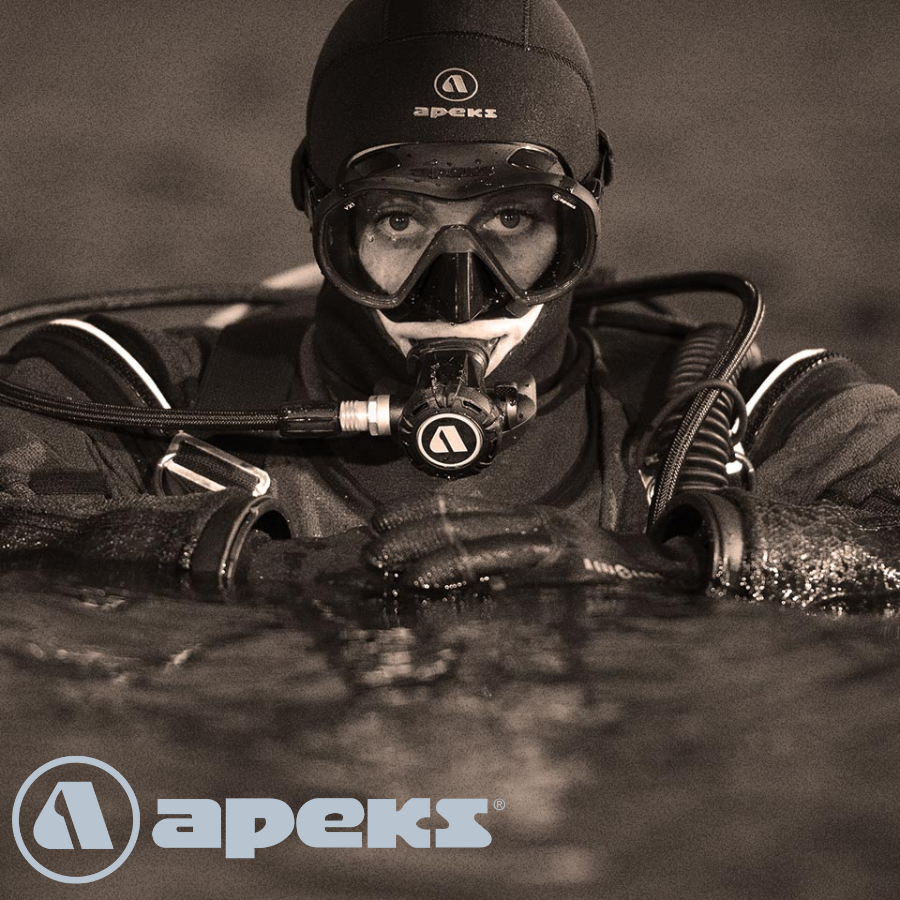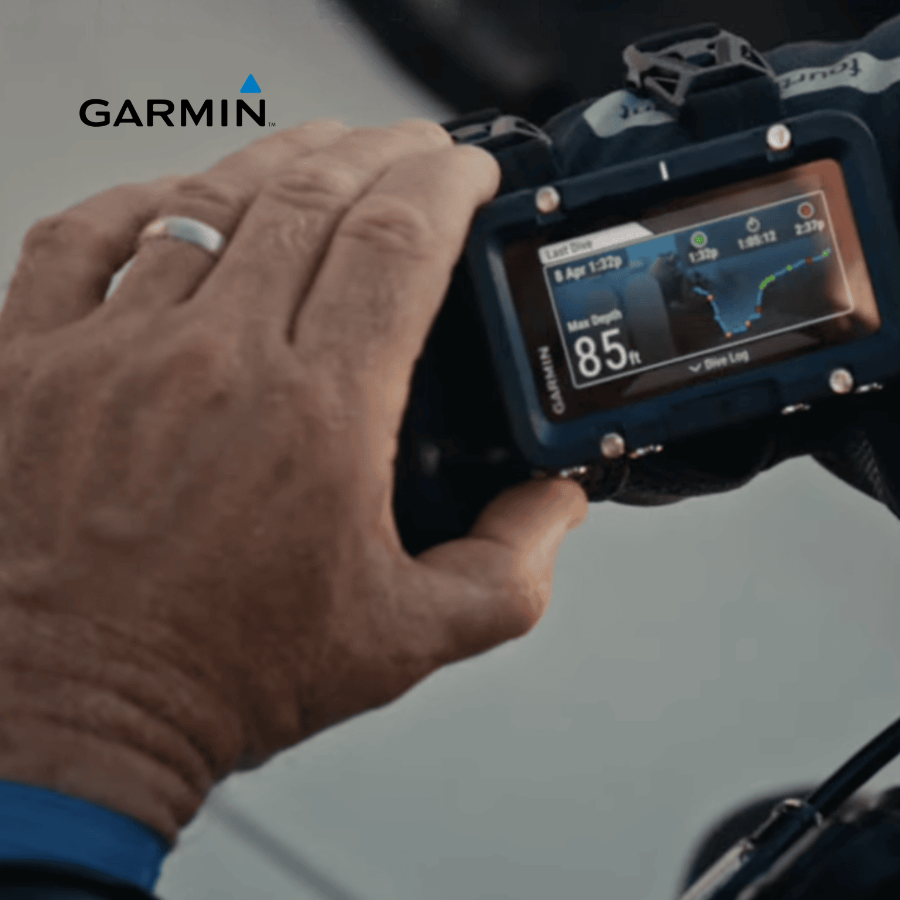As a beginner, having the right dive gear is an important part of your journey towards a safe and enjoyable underwater exploration. Choosing your scuba diving gear might seem overwhelming for someone who has just started diving. But don’t worry, this guide will help you understand the importance of dive equipment for beginners and prepare you for your scuba diving adventure.
Essential Scuba Checklist

1. Mask, Snorkel, and Fins
- Mask - A clear and well-fitting mask is important to see the underwater environment better and prevent water from entering.
- Snorkel - Choose a high-quality snorkel made of durable and flexible silicone. Try the snorkel to ensure the mouthpiece has a comfortable fit (not too small or too big). Your lips should seal against the mouthpiece without effort to allow easy and normal breathing.
- Fins - Fins are essential because they increase your propulsion, enabling you to swim and maneuver better underwater. Good scuba fins should be snug enough to avoid slipping during a dive or causing chafing and blistering. Open-heel fins with adjustable straps are a popular choice because they are easy to put on and take off. For better maneuverability, go for lightweight fins with ergonomic design.
2. Buoyancy Control Device (BCD)

The BCD, short for Buoyancy Compensator Device or Buoyancy Control Device, is an essential dive gear because it allows you to control your buoyancy underwater. Getting a high-quality BCD that fits you well is one of the best investments you can make during your dive journey.
Choosing the ideal BCD will make you a more efficient and confident diver. When it comes to style, the most popular for recreational scuba diving is the jacket style. Other styles include the wing (back-mount) style and the traveling BCDs made of lighter materials.
Take your time testing different BCDs, tightening and loosening each one. Try clipping and unclipping the straps as well. Inspect the inflator and deflator mechanisms too. Find out if the BCD is still comfortable after orally inflating it completely. Don’t forget to check if the BCD’s inflator hose is compatible with your regulator setup. When choosing the right BCD, it is important to prioritize fit and safety. Don’t hesitate to ask our knowledgeable staff to help you pick the best BCD for you.
3. Regulator

A regulator is responsible for converting the high-pressure air inside your tank and delivering it as breathable air. The regulator is composed of a primary second stage and an alternate second stage in case of emergencies.
When choosing a regulator, assess all the components of your regulator package, ensuring enough ports in the first stage in the right configuration. It is best to have it hooked up to a tank to test how the mouthpiece fits and the ease of breathing.
4. Dive Computer
A dive computer provides real-time dive information like depth, time, and remaining air pressure. It monitors your ascent rate and informs you when to make decompression stops to prevent decompression sickness. Invest in a good dive computer with a clear data display. Furthermore, a dive computer stores previous dive info so you can conveniently log it into your dive book later.
Read the instruction manual to learn how to use the different buttons and get the dive information that you need. Make sure you can easily read the data with your mask on.
5. Weight Belt and Weights

Divers use the proper distribution of weights to offset their natural buoyancy, allowing them to descend slowly. Selecting your weight system is based on your BCD. If your BCD already comes with weight-integrated pockets, you don’t need a weight belt anymore. All you need is the right weight increments and amount. However, if your BCD doesn’t come with weight-integrated pockets, you’ll need a weight belt.
A weight belt is designed to hold weights securely. There are different weight belts such as fabric with zippered pouches, nylon, and neoprene belts with velcro pockets. Nylon weight belt with lead weights is a popular choice. When comparing weight belts, try each with the amount of weight you’ll use to scuba dive. Make sure that you know how to properly fasten and release the buckle.
